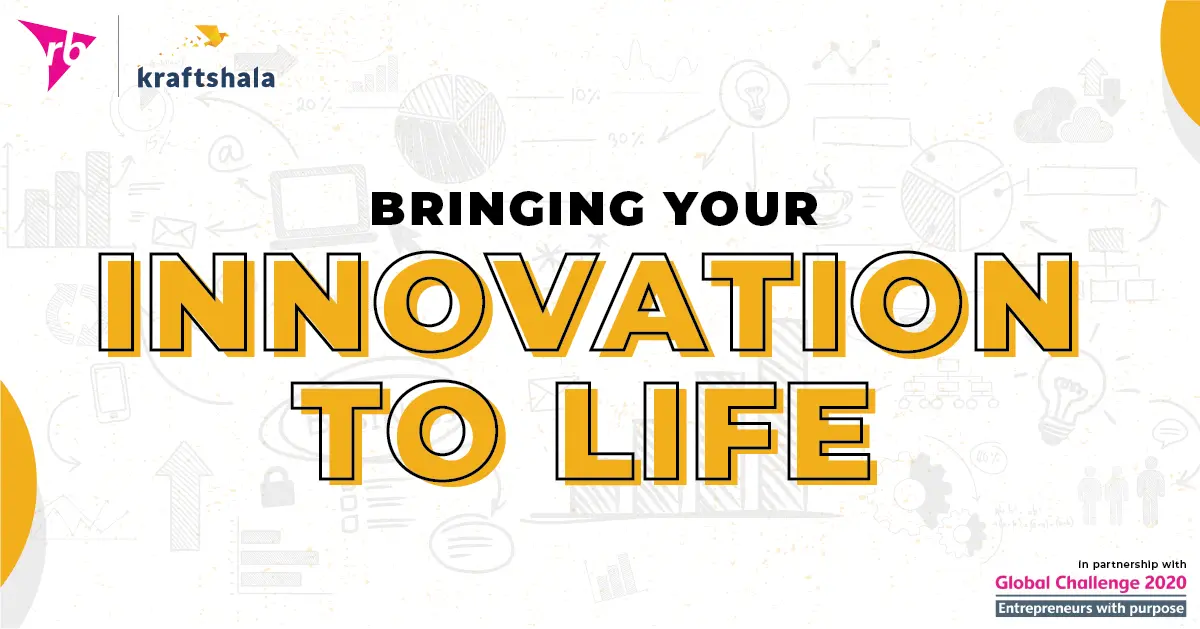4 Marketing Lessons from Red Bull on Brand Loyalty
- So, how was Red Bull invented?
- Let’s now understand how Red Bull came into Existence
- Now, let’s look at the 4 lessons from Redbull on brand loyalty
“Don’t sell the product; sell the experience” is easy to say but difficult to implement. But not for Red Bull; they very well understood their target consumers and introduced the product with a minimum expenditure on marketing.
So, how was Red Bull invented?
Let’s go back to 1987, when Dietrich Mateschitz, an Austrian entrepreneur, was travelling in Thailand. During his visit, he discovered that “Krating Daeng,” an energy drink, helped cure his jet lag.
He was amazed by the boost in his concentration and energy from just having a drink. As the Western world was unaware of such drinks, Dietrich decided to quit his job and start a business of selling energy drinks.
Let’s now understand how Red Bull came into Existence
In 1984, Dietrich co-founded Red Bull with Chaleo, the founder of Krating Daeng, and turned it into an international brand. The product was launched on April 1, 1987, in Austria.
During the 1990s, the drink expanded into Hungary, Slovenia, Germany, the United Kingdom, and the United States. It entered Germany and the UK in 1994, the United States in 1996, and the Middle East in 2000.
Today, Red Bull owns more than 40% of the market share in the energy drinks sector and continues to make bold moves. Most of the company’s earnings are reinvested into marketing campaigns, ensuring that the company keeps its place in the energy drink market.
The company works in almost all markets, including Europe, Asia, Africa, Australia, and America. It has sold 100 billion cans worldwide since 1987, including 11.5 billion in the year 2022.
Other than energy drinks, the company also has interests in air racing, car racing, automobile manufacturing, etc. It also owns and promotes numerous sports teams like the New York Red Bulls, FC Red Bull Salzburg (football), etc
The company has been strong in its positioning from the very beginning with its memorable slogan, “Gives you wings”. According to a study by advertising and market research firm Survata, the slogan ranks 16th out of 25 with a 59.3% slogan recognition rate.
Also, the company has a strong brand image and social presence by creating content on extreme sports. It has 8.3 million followers on Instagram, 1.9 million followers on Twitter, 47 million likes, and 49 million followers on Facebook.
The brand is also famous for the various marketing tactics that it uses to stand out to consumers.
Now, let’s look at the 4 lessons from Redbull on brand loyalty
1. For Red Bull, it’s always content first and product second
- They make sure that the content is shareworthy and connects to a personal level.
- To ensure this, they cover topics that interest their audience. Like, extreme sports, parties, etc.
- The best thing about their content is that they never mention their product but start by explaining or demonstrating the experience that one would get after consuming their product.
- For example their event of “Red Bull rampage”, which is an invitation-only freeride mountain bike competition. In one such event which was in 2022 Sixteen riders descended upon Utah to create crazy lines and push the boundaries in the sport of mountain biking.
- All attention was on Brett Reeder whose run included a huge entry drop, leading him on to whip out a flip can on a massive 48ft drop only to tail whip seconds after. After finishing his tech and tricky heavy run, Rheeder scored an impressive 90.66 which secured his second Rampage title.
2. Knowing who, where & what about your consumers
- Initially, the company didn’t have enough resources to promote their product, so they concentrated on the cheapest ways to find their consumers.
- They knew their target audience was 18–25-year-old, adventure-seeking college students who enjoy clubbing, sports, festivals, etc.
- They started going to parties and giving Red Bull cans for free to the youth.
- Teenagers started talking about the drink and recommending it to friends because, first, it was free, and second, it was a good source to boost energy during late-night study sessions.
- Red Bull also left a bunch of its empty cans on the streets to make it look like a lot of people consume the brand.
- The most important lesson to be learned here is that you don’t need big budgets to create an impact on your product, but simple, effective techniques like knowing your customer psychology and where you can find them.
3. Be memorable and easily recognizable.
- As I already mentioned above, Red Bull concentrates on selling the experience rather than the product itself.
- for which the brand keeps engaging itself with all the adventure-filled events that happen around the world.
- One such event being sponsored by Red Bull was “Red Bull Stratos,” which was a high-altitude skydiving project involving Austrian skydiver Felix Baumgartner.
- On October 14, 2012, Baumgartner flew 39 kilometers into the stratosphere over New Mexico in a helium balloon before free-falling in a pressure suit and then parachuting to Earth.
- Red Bull enjoys doing such sponsorships and is also the title sponsor of an annual competition featuring cliff diving, airplane racing, and downhill racing on ice skates.
4. Build a community by posting user-generated content
- Red Bull uses the concept of “micro-influencers” by encouraging users to share their own experiences, which provides the brand with authentic content that can be used to generate more users.
- For example, it’s “Creating your own hashtag”
- one such hashtag they created was the #PutACanOnIt challenge wherein people had to reproduce experiences through the staging of a can and share them on social networks.
- This idea was inspired by a post on Twitter of a consumer holding his can in front of a Mini Cooper to make the Mini look like a RedBull Mini. So the brand decided to launch the #PutACanOnIt challenge
- This also helps consumers to have a sense of belongingness to the brand and promotes a sense of community among the brand’s audience.
So by putting content first, being memorable and easily recognizable, knowing your consumers well, and building a community through user-generated content, you can really build Brand Loyalty.
This blog was written by Pratishtha Kaushik, a student from Batch 18 of Kraftshala’s content writing course.
Also, if you are a fresher looking to start a career in marketing, do apply for The Marketing Launchpad – An online digital marketing course for Freshers.




















